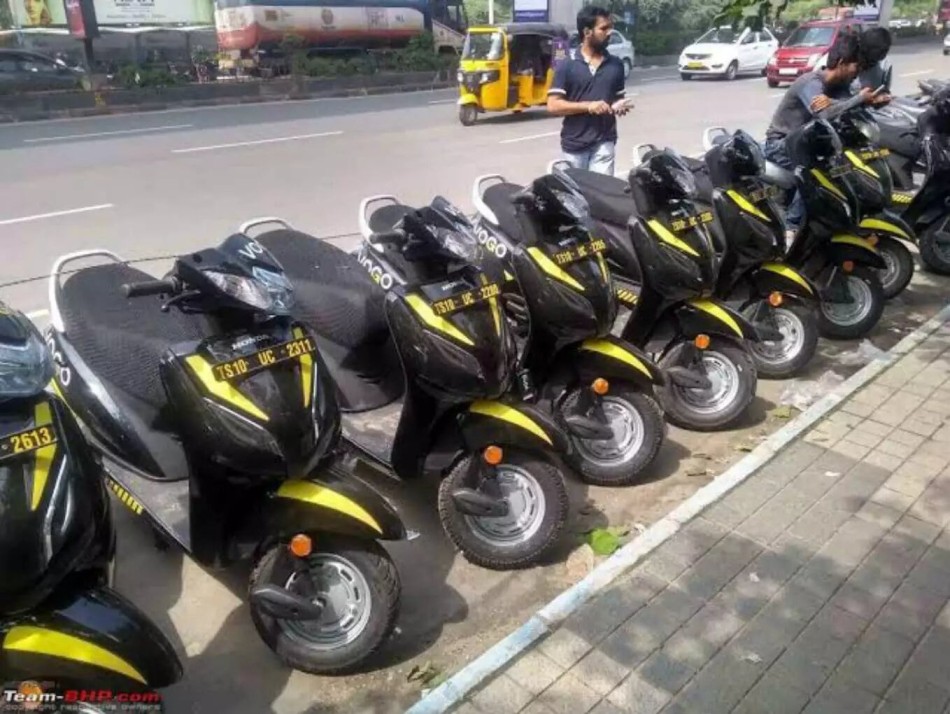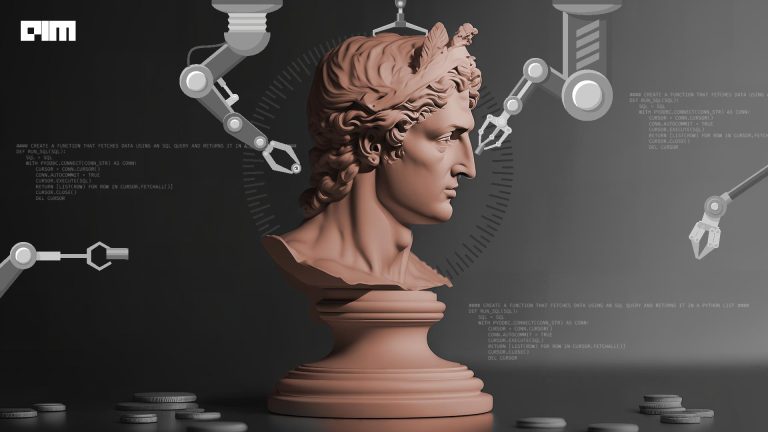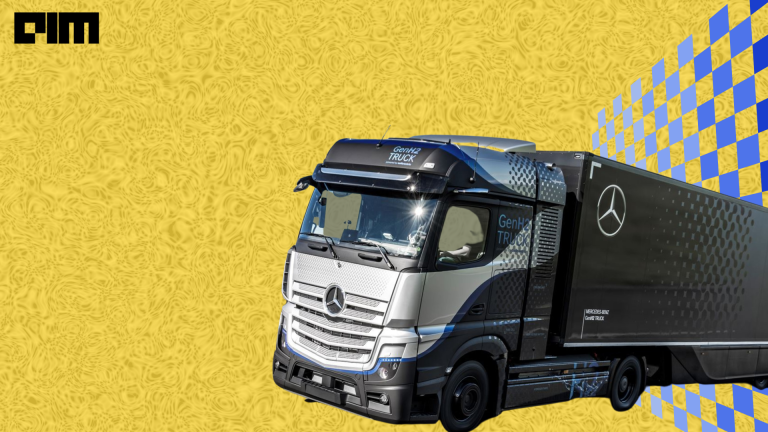In the last decade, app-based vehicle hire systems have gained immense popularity. Given the traffic congestion situation in bigger cities such as Bangalore and Mumbai, even people owning vehicles prefer opting for these services because of cost and comfort. While these on-hire vehicles market has been dominated mainly by 4-wheelers, a new crop of organisations are now providing on-hire 2-wheelers which is definitely a more economical option.
Explaining the landscape of bike and scooter rental apps at Deep Learning Devcon 2020 (DLDC) was Sanup Haridas, Head of Analytics at Vogo, a bike and scooter rental company. Haridas spoke in detail about how the organisation is utilising IoT with AI and machine learning to automate the processes, with particular emphasis on the fuel systems in the fleet of Vogo bikes and scooters.
About Vogo’s Services
Vogo that operates mainly in Bangalore and Hyderabad currently boasts of a fleet of over 20,000 scooters used by 2.5 million users with an average ridership of 45,000 rides a day. Vogo has 500 docking stations (manned/unmanned) from where customers can pick and drop the rented scooters.
Vogo provides two primary products through its app:
- Vogo Now (single point-to-point ride): This service provides scooter on ride-basis, meaning the customers are charged on per kilometre travelled.
- Vogo Keep (multi-day Activa rental): Haridas explained that this was a new service offered from Vogo from the start of this year. This a prepaid service and customers can keep the vehicle with them for a stipulated period. They are charged based on the number of days.
In addition to this classification, the scooters are also rented in two ways — with fuel and without fuel. In case of fuel, if the customer refuels the vehicle at any point of his ride, he will be refunded the fuel price, and in the case of without fuel, the customer will have to bear any such cost.
Automation of Refuelling Process
Drawing on the company’s earliest challenges with the refuelling process, the speaker said that initially, they had field executives who would manually check the fuel level in the vehicle and refuel them accordingly. “There were several challenges associated with this process: firstly it was not a scalable option, since you cannot ensure the availability of these many ground executives. Secondly, we had no system of knowing whether or not the fuel tank was actually refuelled by the customer/executive. And these challenges sometimes gave rise to bad user experience,” said Haridas.
It thus became indispensable to have this process automated to overcome the above-listed challenges. The first step in automation was to fit a fuel sensor in every vehicle that would indicate the fuel levels. These fuel sensors tap into the existing sensor in the vehicle and provide accurate readings. “We made sure that the sensor captures reading only when the vehicle is stationary to avoid fluctuations in our reading,” added Haridas.
As the speaker explained, there are three key AI and machine learning components of the refuelling engine: Calibration of fuel sensor, fuel sensor prediction and anomaly detection, and customer refuelling verification.
- Calibration of fuel sensor: For calibration of the fuel sensor, pictures of the dashboard that indicates the fuel level and the fuel sensor values are compared. Based on the values indicated, fuel sensor threshold values are finalised for different levels of fuel consumption. Here, to extract the fuel level from the picture of the dashboard, the team at Vogo uses YOLO v3 method of object detection.
- Fuel sensor prediction and anomaly detection: The LSTM model is used for fuel sensor prediction. This model was fed three inputs — current fuel sensor value, distance travelled (in kilometres), and the fuel filled. Using these inputs, the model decides whether or not the vehicle needs to be refuelled, and the same is indicated to the executive or the customer.
There are chances that the fuel sensor is faulty. So, Vogo uses two parameters to detect any such anomaly — if the value indicated by the fuel sensor is out of the set range of values and if the sensor indicates the same value continuously. For anomaly detection, too, the LSTM model is used.
- Customer refuelling verification: To avoid fraudulent practices, it is important to verify whether or not the vehicle is actually refuelled in case of low fuel levels. The team at Vogo uses Google Vision API data to first detect whether a valid fuel bill is uploaded by the customer and secondly to extract features such as bill date, amount, volume, and rate from the receipt. Further, IoT methods are again used to validate the refuelling done by the customer.
All these steps, as discussed, helped the Vogo team to overcome the challenges of manpower costs, high fuel expenses, and customer satisfaction.




















































































